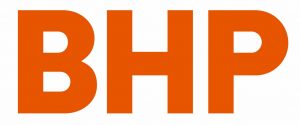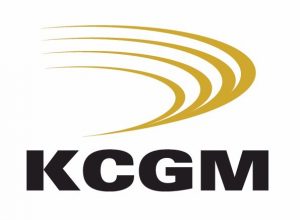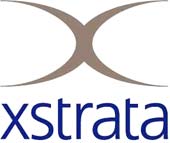Towards the Elimination of Rockfall Fatalities (Phases I & II)
Towards the Elimination of Rockfall Fatalities in Australian Mines (Phase One)
Project Team: Yves Potvin (ACG), Paul Nedin (Underground Mining Solutions), Mike Sandy (AMC Consultants), Kevin Rosengren (Kevin Rosengren & Associates) and Michael D. Rosengren
ACG Report No.: ROCK2001
MERIWA Project No.: M341 (Report 223)
Project details are detailed below (Australian Rockfall Research Phase Two).
Project Team: Paul Nedin (Underground Mining Solutions) and Yves Potvin (ACG)
ACG Report No.: ROCK2003
MERIWA Project No.: M360 (Report 247)
Rockfalls remain the principal cause of serious injuries and fatalities in underground mines throughout the world. Mine regulators have implemented new guidelines and codes of practice to address this challenge. Additionally, mining companies have undertaken a variety of data collection programs to improve the situation. Nevertheless, the problem is by no means resolved, and there is still significant potential for sustainable reduction in the number of severe injuries due to rockfall.
Research deliverables
The ACG undertook research to determine what causes rockfalls. With backing from MERIWA and leading mining companies, the project created arguably Australia’s most comprehensive rockfall database with more than 750 rockfalls recorded from 26 underground metal mines. Research results revealed, amongst other findings, that rockfall risk could be divided into two types:
- The risk of small rocks detaching themselves from between the rockbolts in intense working areas near active faces.
- The risk of larger rockfalls is present in other areas of the mine, e.g. travelways, declines and accesses.
During phase two of the research project the database was further expanded to explore how injuries occur near the mine face. In particular, the exposure of mine workers to potential rockfall injuries while executing their daily activities is investigated by mapping the processes involved in the different mining activities. New data was also collected to better characterise the rockfall risk away from the active faces, including intersections.
The Rockfall Research Phase 1 report provides an analysis of the overall rockfall database. The Rockfall Phase 2 report includes, among other findings, a detailed mapping process of activities near the mine face and defines the exposure of workers to small rockfalls from detaching from in between bolts.






